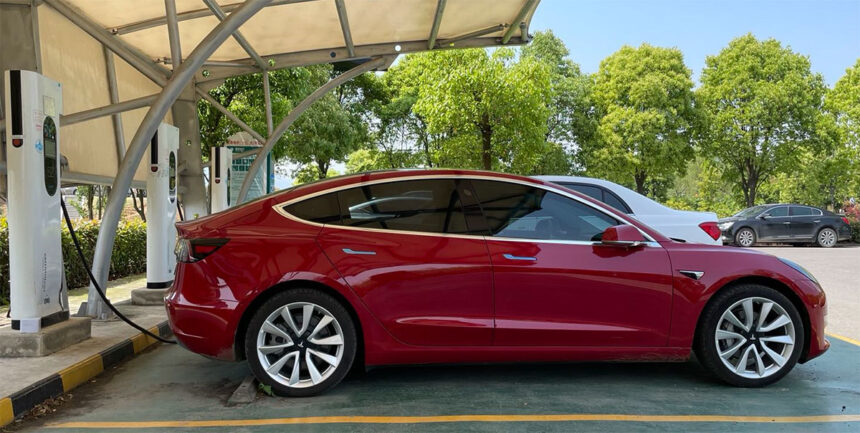Global public EV charging pile deployment is facing challenges due to limited land availability and grid planning issues, as well as a slowdown in the growth of the new energy vehicle (NEV) market, according to a recent report by TrendForce.
China, as the world’s largest electric vehicle (EV) market, currently boasts the highest number of charging facilities globally. By the end of 2024, China is projected to have 3.6 million public charging piles, representing nearly 70 percent of the global total, TrendForce reported.
While China continues to lead in the number of public EV charging piles, South Korea is expected to experience the highest growth rate, with a projected annual increase of 39 percent. South Korea aims to achieve 500,000 public charging piles by 2025.
However, the deployment of public EV charging piles globally is hindered by constraints such as land availability and grid planning, exacerbated by the deceleration in the growth of the NEV market. TrendForce anticipates a 30 percent growth rate in 2024, a significant drop from the 60 percent growth seen in 2023.
The report also highlights the issue of over-concentration of charging piles in certain regions. For instance, nearly 20 percent of China’s public charging piles are situated in Guangdong province. In Europe, the Netherlands, Germany, and France collectively account for 58 percent of public charging piles, while in the US, 26 percent are concentrated in California.
This geographical disparity poses challenges such as route-planning constraints and range anxiety, which ultimately impede the widespread adoption of NEVs. Range anxiety, in particular, continues to be a barrier to the growth of battery electric vehicles (BEVs), with no immediate resolution in sight. The stagnation in battery energy density further limits advancements in driving range.
Despite the anticipated slowdown in the growth of public charging piles, they play a vital role in addressing range anxiety and supporting the NEV market. TrendForce emphasizes the importance of maintaining a positive momentum in the deployment of public charging infrastructure to alleviate concerns and drive the adoption of electric vehicles.
In conclusion, while the challenges of land availability, grid planning, and market dynamics persist, the continued expansion of public EV charging piles remains crucial for the sustainable growth of the electric vehicle industry.






